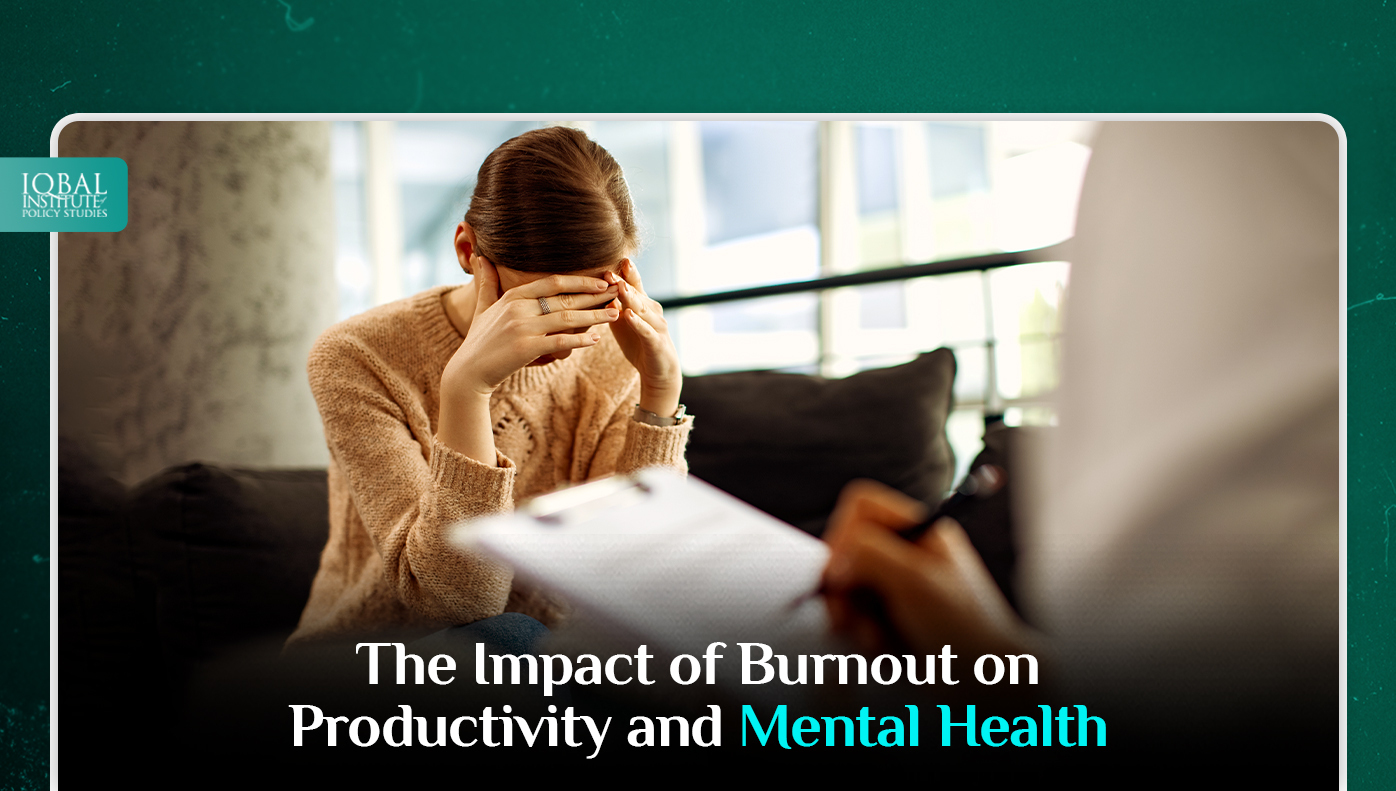In today’s fast-paced and demanding world, burnout has emerged as a pervasive and pressing issue that casts a shadow across individuals from all walks of life and reverberates through various professions and industries. This phenomenon, characterized by emotional exhaustion, depersonalization, and a diminished sense of personal accomplishment, presents itself as a formidable challenge to the well-being of those who strive tirelessly to meet the ever-mounting demands of their roles. Beyond being a mere consequence of prolonged stress, burnout is a complex interplay of factors arising from overwhelming workloads, unrealistic expectations, and a lack of agency over one’s work environment. As we embark on this expedition of exploration, we peel back the layers to reveal the intricate fabric of burnout’s effects, recognizing its insidious impact not only on an individual’s mental health but also on the very bedrock of productivity, job satisfaction, and overall holistic well-being. This comprehensive journey delves into the very core of burnout’s repercussions, illuminating the pathways that lead to its emergence, unraveling its profound implications on both the individual and the workplace, and ultimately unveiling a tapestry of practical and impactful strategies that hold the promise of prevention and recovery.
Understanding Burnout: A Modern Epidemic
Burnout transcends the realm of mere transient stress or temporary tiredness; it morphs into a profound and enduring state that insidiously infiltrates the very core of an individual’s being. This chronic condition goes beyond the boundaries of physical fatigue, delving into the intricate domains of emotional weariness and mental depletion. Its origins can often be traced back to the relentless exposure to prolonged and unremitting high levels of stress, which over time, erode an individual’s capacity to cope effectively. The weight of burnout is amplified by the suffocating grip of unrealistic expectations that are often imposed, both internally and externally. Moreover, a disheartening lack of agency over one’s work environment can serve as the accelerant that fans the flames of burnout, leaving individuals caught in a spiral of emotional exhaustion, detached cynicism, and the sense of a diminished self. While burnout has the potential to cast its shadow over anyone, it finds fertile ground in certain professions that are particularly predisposed due to their demanding nature and the unyielding pressure of high-performance expectations. Fields like healthcare, education, and the tech industry, where the stakes are high and the pace is relentless, stand particularly vulnerable to the insidious allure of burnout’s embrace.
The Vicious Cycle: Burnout and Productivity
The relationship between burnout and productivity is complex and symbiotic. On one hand, burnout leads to decreased motivation, difficulty concentrating, and reduced cognitive function—all of which hinder productivity. On the other hand, the relentless pursuit of productivity can contribute to burnout by fostering a culture of overwork and neglecting self-care. This cycle perpetuates as reduced productivity leads to increased stress, which in turn exacerbates burnout.
The Toll on Mental Health
Burnout’s impact on mental health cannot be overstated. Emotional exhaustion, a hallmark of burnout, often leads to feelings of detachment, irritability, and even depression. Moreover, depersonalization can strain interpersonal relationships and hinder effective communication. The sense of reduced accomplishment further erodes self-esteem and can lead to feelings of inadequacy. Collectively, these factors not only contribute to deteriorating mental health but can also spill over into one’s personal life, affecting relationships, hobbies, and overall quality of life.
Identifying Burnout: Warning Signs
Recognizing the signs of burnout is crucial for early intervention. Chronic fatigue, increased cynicism or detachment from work, reduced performance, and withdrawal from social activities are common indicators. Physical symptoms such as headaches, insomnia, and gastrointestinal issues may also manifest. Managers and colleagues play a pivotal role in identifying these signs in their team members and offering support.
Strategies for Prevention
Preventing burnout requires a multifaceted approach that addresses both individual and organizational factors. Here are some effective strategies:
Cultivate a Supportive Work Environment
Establish a culture that prioritizes employee well-being and promotes open communication. Encourage managers to provide regular feedback, recognize accomplishments, and foster a sense of belonging.
Set Realistic Expectations
Establish achievable goals and avoid overwhelming employees with excessive workloads. Provide resources and tools to help them manage their tasks effectively.
Encourage Work-Life Balance
Promote the importance of work-life balance and lead by example. Encourage employees to take breaks, use their vacation time, and unplug after work hours.
Offer Flexibility
Consider flexible work arrangements that accommodate individual needs. This could include remote work options, flexible hours, or compressed work weeks.
Provide Resources for Stress Management
Offer workshops, training, or resources on stress reduction techniques, mindfulness, and time management. Encourage employees to prioritize self-care.
Regular Check-Ins
Conduct regular one-on-one check-ins between managers and team members to discuss workload, goals, and challenges. This creates a space for addressing concerns and adjusting expectations.
Promote Skill Development
Offer opportunities for skill development and growth. Employees who feel stagnant in their roles are more susceptible to burnout.
Break the Stigma
Foster a culture where seeking help for mental health issues is normalized. Provide access to counseling services and resources for employees to manage their mental health.
Conclusion
Burnout poses a significant threat to productivity, mental health, and overall well-being. The intertwining relationship between burnout and productivity necessitates a holistic approach to prevention that encompasses individual self-care and organizational support. By fostering a culture that values work-life balance, promotes open communication, and offers resources for stress management, organizations can create an environment that mitigates burnout’s impact. Recognizing the signs of burnout and proactively implementing prevention strategies not only benefits employees but also contributes to a healthier, more engaged workforce and a more resilient organization. As we collectively address the burnout epidemic, we pave the way for a more sustainable and fulfilling future of work.
This article is written by Shahmeer Adnan. Shahmeer is a research analyst at the Iqbal Institute of Policy Studies (IIPS).



Leave a Reply